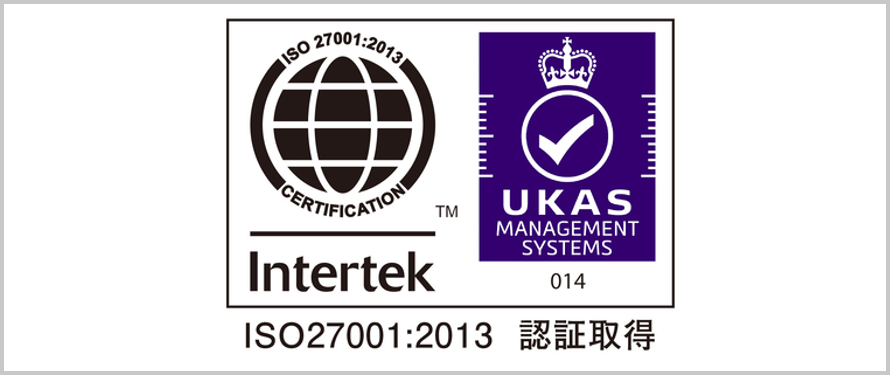Please tell me about AWS Lambda
![]() AWS Lambda is an event-driven computing service that allows you to run programs without provisioning servers, and is the core of serverless architectures.
AWS Lambda is an event-driven computing service that allows you to run programs without provisioning servers, and is the core of serverless architectures.
By using AWS Lambda as a trigger and directly invoking events from over 200 AWS services and applications, customers can receive instant notifications when an event occurs, such as an HTTP request via Amazon API Gateway, an object change in an Amazon S3 bucket, or a DynamoDB table update. Code can be executed automatically.
Additionally, AWS Lambda automatically scales according to the number of requests, so you don't have to worry about the infrastructure required for data processing, and you can expand your resources as traffic increases.
All high-availability functions, such as code execution and scaling, are managed by AWS Lambda, so customers can simply upload their application code and use custom logic to scale AWS services and provide their own backend services. It will be possible to build.
Features of AWS Lambda
● Selecting a development language
AWS Lambda supports multiple programming languages such as Java, C#, and Python, so developers can choose a language that matches their skills.
● Creating a function
Use the AWS Lambda console or AWS CLI to create a Lambda function, which is the unit of code that is executed in response to a trigger.
● Trigger settings
Set the event that triggers the function. Triggers can be selected from AWS services such as API Gateway, S3, DynamoDB, and CloudWatch.
● When a function execution
trigger occurs, the Lambda function is executed, performs the necessary processing, and returns a response. It also automatically scales with the number of requests, ensuring high availability.
● Logs and Monitoring
Logs from your Lambda functions can be collected and stored in CloudWatch Logs, allowing you to view and troubleshoot Lambda function execution logs.
AWS Lambda trigger types
● API Gateway
allows you to send HTTP requests to Lambda functions, making it easy to build RESTful APIs.
● Lambda functions can be triggered when an S3
object is created or deleted, or when an object's metadata changes.
●
You can trigger a Lambda function when a CloudWatch metric exceeds a certain threshold.
●
A Lambda function can be triggered when data is inserted, updated, or deleted in a DynamoDB table.
●
When creating or updating a CloudFormation stack, you can automatically deploy and configure applications by using a Lambda function as a trigger.
●
Achieve asynchronous communication between components of a distributed system by triggering a Lambda function when an SQS message is added to a queue.
● CloudTrail
You can trigger Lambda functions in response to management activity in your AWS account. This automates tasks such as security monitoring and vulnerability detection.
Achieve real-time data processing by triggering Lambda functions when data in Kinesis
●
Process data from IoT devices by triggering a Lambda function when IoT sensor data is collected.
● Alexa Skills Kit
You can use Lambda functions to create custom skills for Amazon Alexa.
Beyond AWS related services
● AWS Cloud Integration
● AWS Operation Monitoring Service (24 hours a day, 365 days a year)









